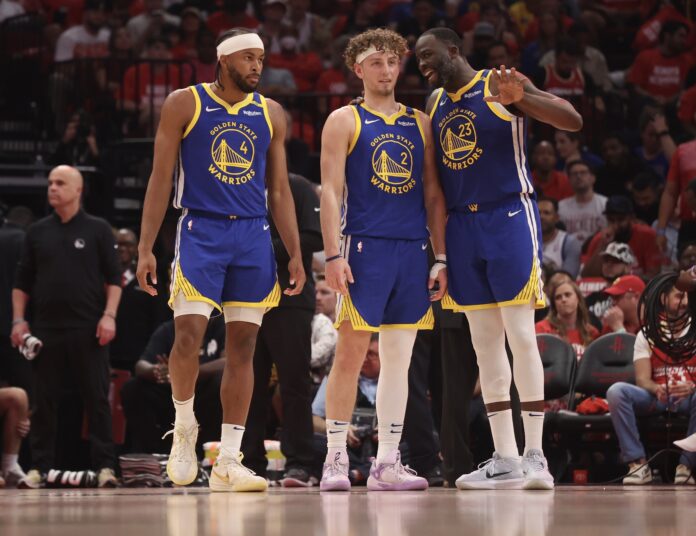
Inevitably, Curry ($59,606,817) and Butler ($54,126,450; estimated) dominate the Warriors’ payroll. It will cost the Warriors more than $2 million a week just for their two veteran stars, leaving little in the way of spending power for the other 16 spots. And much of what they do have left will go to Draymond Green, who will earn $25,892,857 next season in what will likely be the final year before he too needs a new deal.
Beyond those three, there are only two other mid-sized contracts on the books. Moses Moody ($11,574,075) will begin the first season of the extension he signed just before the season started, and Buddy Hield ($9,219,512) is entering the second season – and the last guaranteed one – of the deal he also signed in the summer. From there, the Warriors have only Brandin Podziemski’s rookie scale deal and three unguaranteed minimum contracts. And that is it.
To fill out next year’s bench, they first have to contend with the free agency of much of this year’s one. Rotation pieces Jonathan Kuminga, Kevon Looney and Gary Payton II will all head to free agency this summer, and the spot left by Kyle Anderson’s inclusion in the Butler trade remains unfilled. The free agency of that trio will free up money under the tax and apron, and Anderson’s departure opened up a potentially useful Traded Player Exception, yet because of the $114 million price tag of the team’s top two, those margins will disappear quickly.
Historically, a good way to replenish on the cheap is to build through the draft, and given that Podziemski, Moody, Trayce Jackson-Davis, Gui Santos and Quinten Post have all been useful contributors this season acquired via that method, the Warriors know the value of that. They also however have invested the vast majority of their draft capital into the trade market, and have seven more picks outgoing than incoming over the next seven drafts. This is not all of them, though, which gives the Warriors one or two more bullets to fire into that trade market, using the post-Thompson financial wiggle room as a wheel-greaser.
















